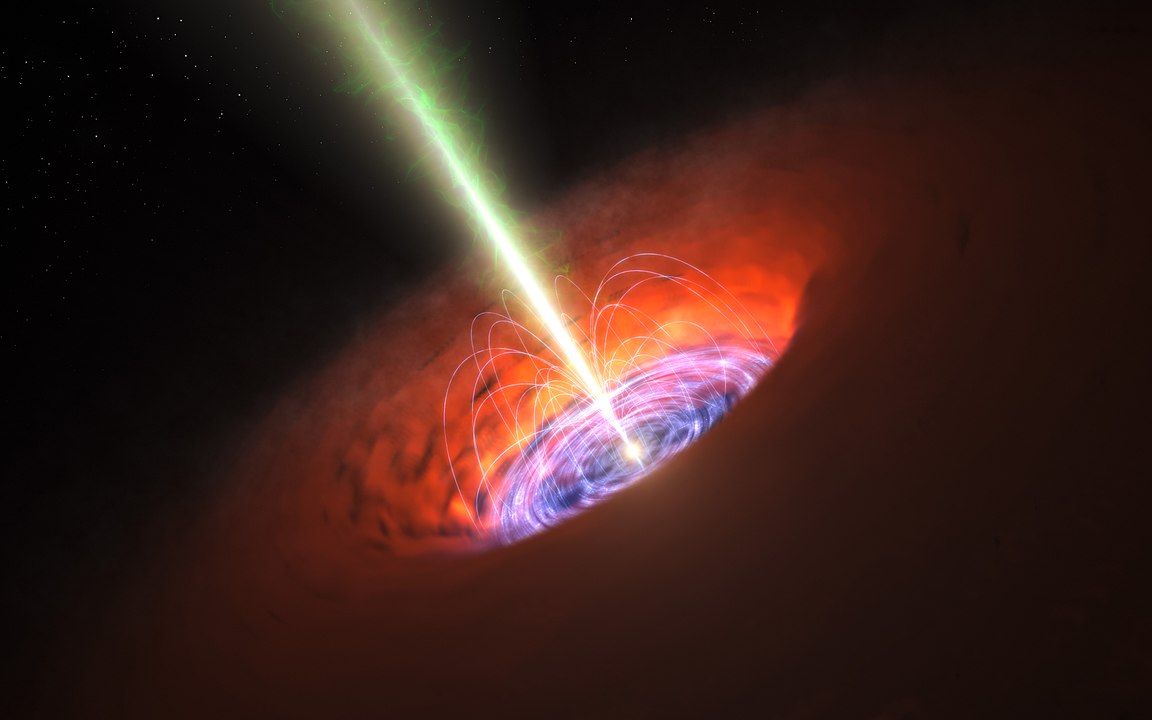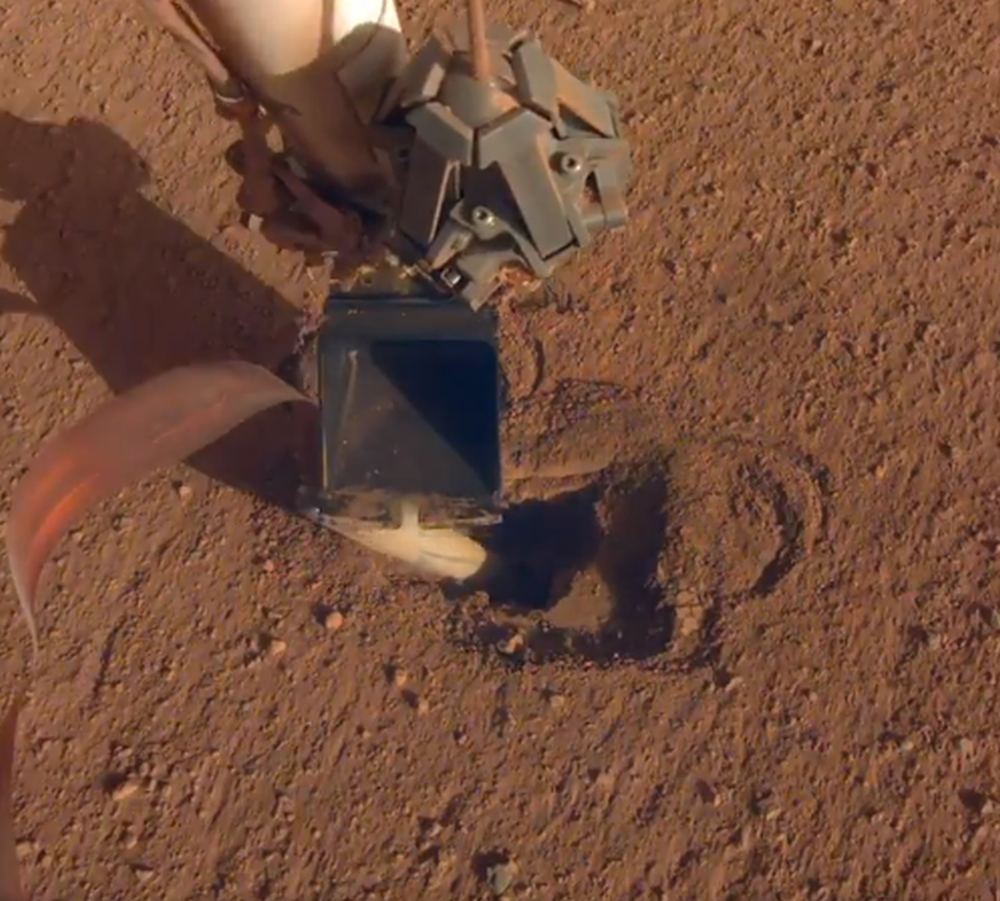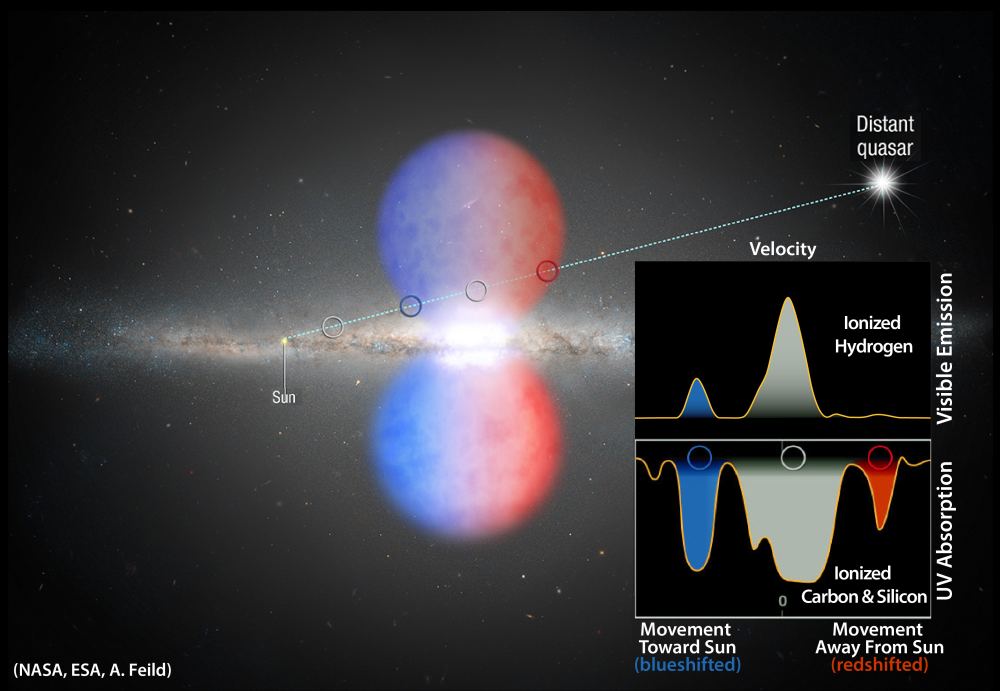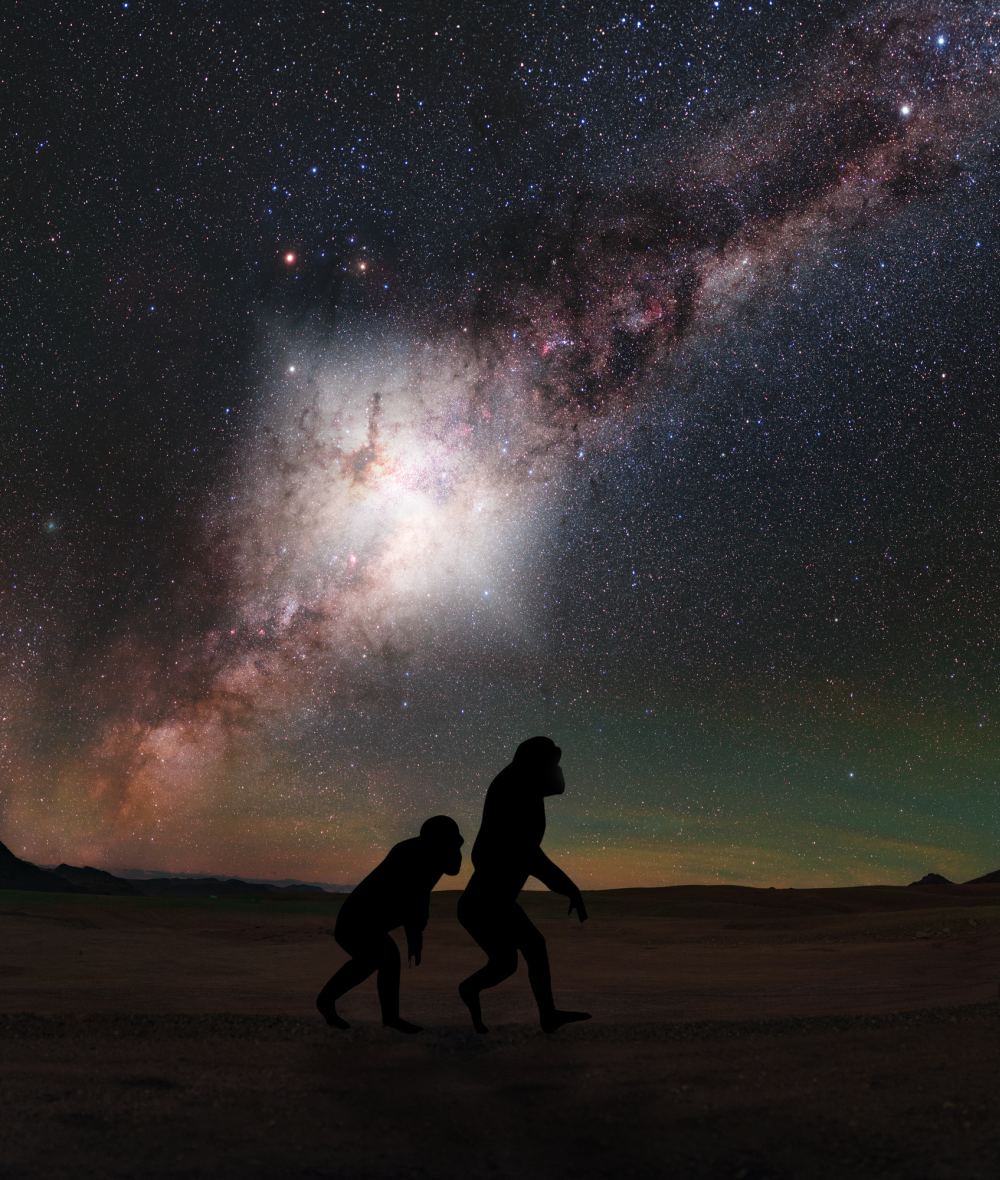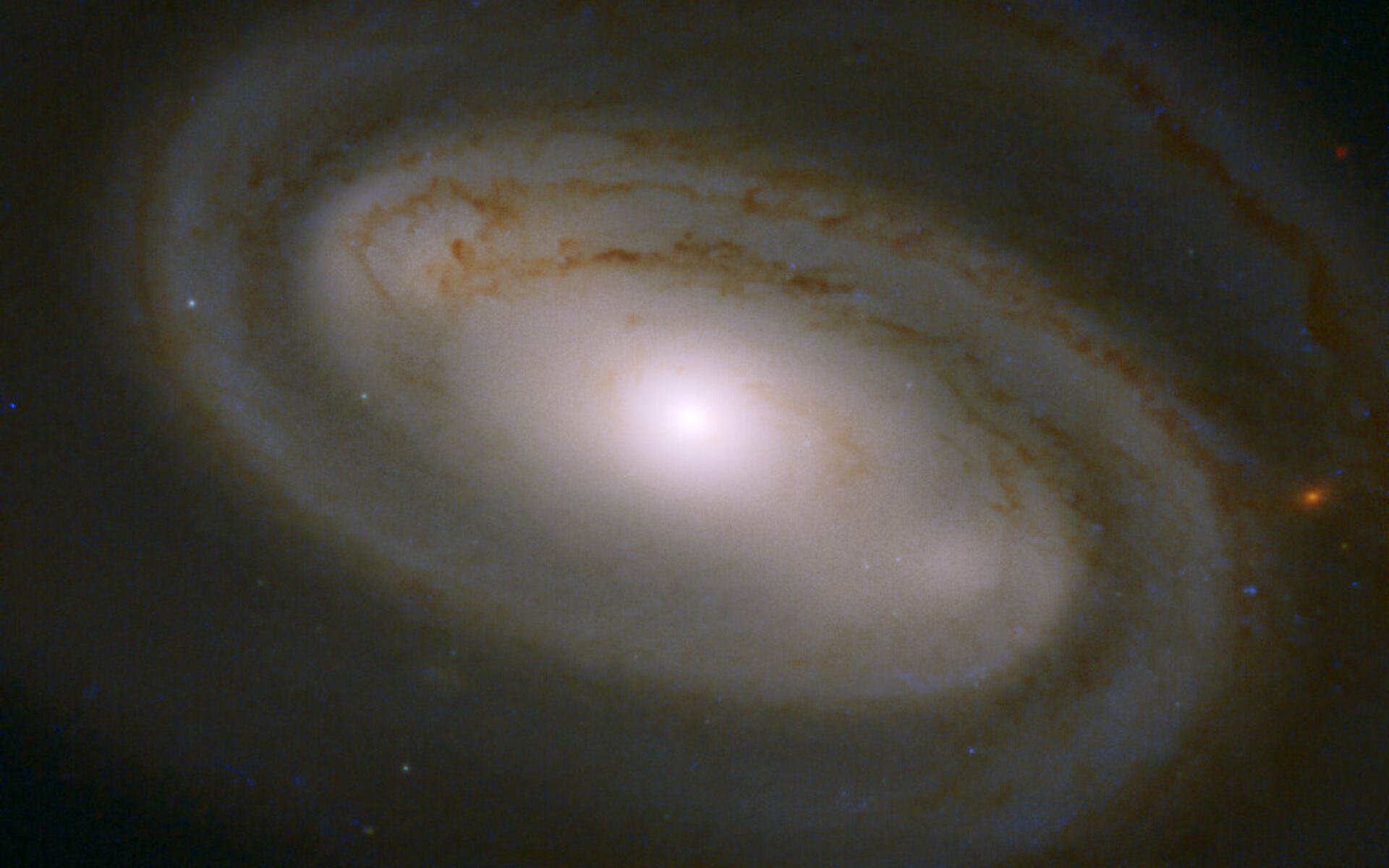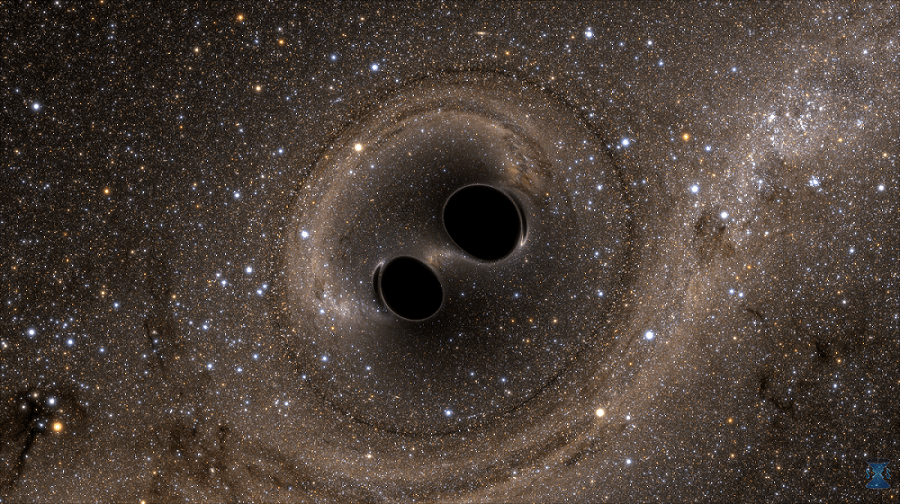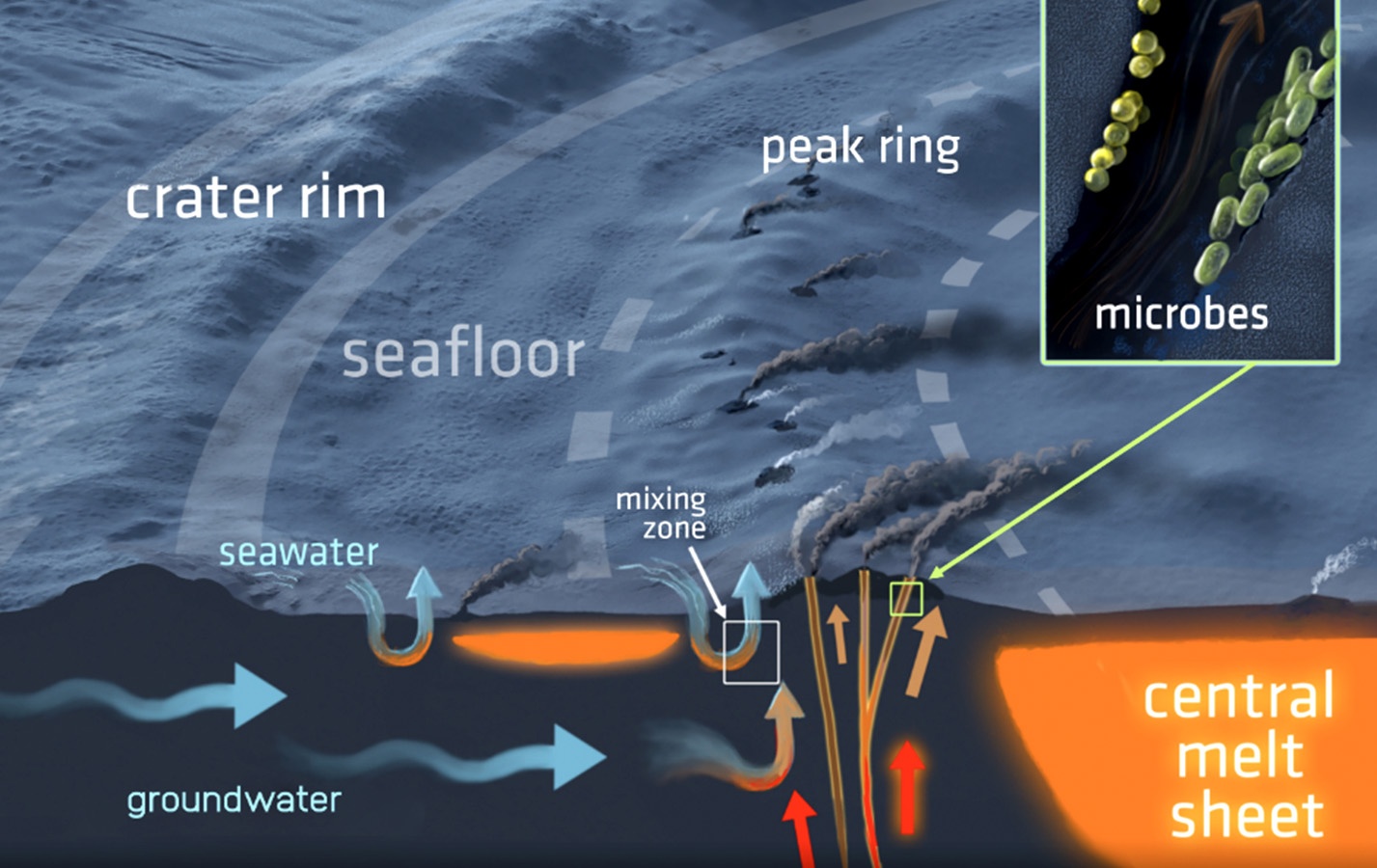Back in 2015, construction began on a new telescope called the Dark Energy Spectroscopic Instrument (DESI). Later this year, it will begin its five-year mission. Its goal? To create a 3D map of the Universe with unprecedented detail, showing the distribution of matter.
That detailed map will allow astronomers to investigate important aspects of cosmology, including dark energy and its role in the expansion of the Universe.
Continue reading “A New Telescope is Ready to Start Searching for Answers to Explain Dark Energy”

